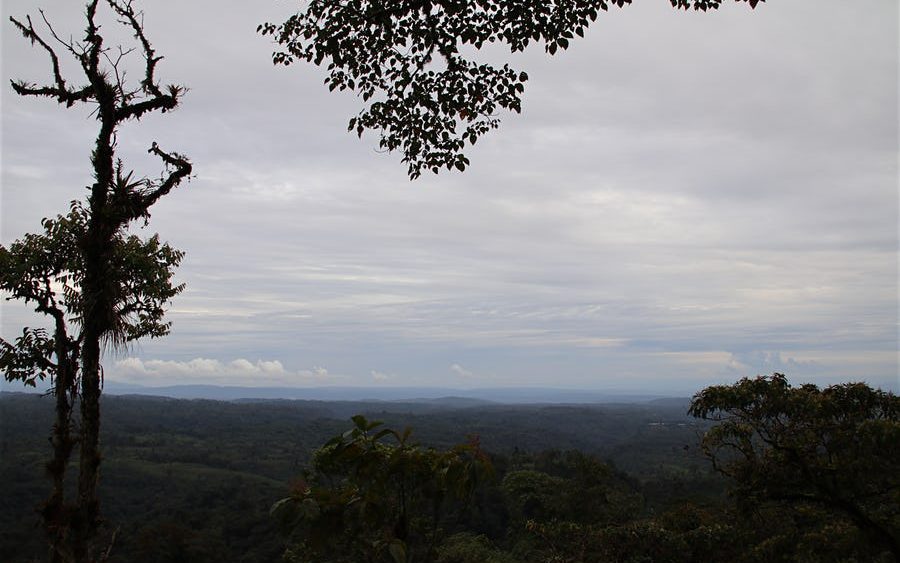It is harvest time. Cecilia’s 10-hectare farm has a diversity of fruit and medicinal plants for all kinds of ailments. She walks with her daughter to collect lemon and guayusa leaves that she hopes to sell tomorrow at the fair in Tena. Her face is sweet, her eyes are shy and her voice is low. With great dexterity, she swings the machete from side to side to make her way through the thick, silent forest, that is full of life.
Cecilia used to produce only to subsist, but for a few months now, she has obtained surpluses that she sells at local fairs in Napo and even in Quito.

“We used to have cattle, but we sold them all.
A farm is better than cattle.
Cattle are a lot of work and time.”
Chefs in the capital of the country are also her clients. Like many small Amazonian farmers, she caught the attention of experts in Ecuadorian gastronomy with organic and exotic products from the Amazon, such as sacha inchi and guayusa
Have you heard of Guaysupina?

Guaysupina is an ancestral custom or ritual of the Kichwa people that involves drinking guayusa tea in the early morning.
Cecilia wakes up at four in the morning to prepare guayusa and drink it. She drinks it hot in a gourd. She remembers that her father, a craftsman, used to wake them up at two in the morning to prepare this drink which, she said, gives energy for work. “Guayusa gets rid of laziness. You go to work in the fields with enthusiasm.”
It is also said that guayusa scares away poisonous snakes and calms pain. Wouldn’t you like to try it?


“We like to work in the fields,
now I have a greater desire to plant and my family too.
We all work on the farm”.

Eight people live in Cecilia’s house and in vacation time, 16. The important thing is that there is always food for everyone.
When sales are not good at the Quito fair, bartering helps. With this system, Cecilia brings home products from the mountains: beans, potatoes, barley rice, machica, melloco.
“Sustainable production helps me
support my family and myself.”
The products that sell the best today are turmeric, ginger and hibiscus flower, in addition to traditional ones such as guayusa, palm heart, cinnamon leaf, lemon, lime, chontacuro worms and candied sacha inchi.
Cecilia learned to plant in cycles so as not to run out of food. However, she hasn’t forgotten the planting and harvesting rituals and traditions that her grandparents taught her. Since 2015, Cecilia’s farm has had a comprehensive management plan by which her farm now generates a surplus for sale. The Ministry of Agriculture and Livestock, through the Amazon Productive Transformation Agenda – Sustainable Agro-productive Reconversion Project in the Ecuadorian Amazon (ATPA-RAPS) and the support of PROAmazonía, hopes to transform traditional production systems into sustainable, deforestation-free agricultural production systems. The Comprehensive Farm Management Plan is a first step toward achieving this. There is also technical assistance and agricultural inputs and plants that will foster sustainable production processes and improve the living conditions of small producers.

 Español
Español English
English

Comments are closed.